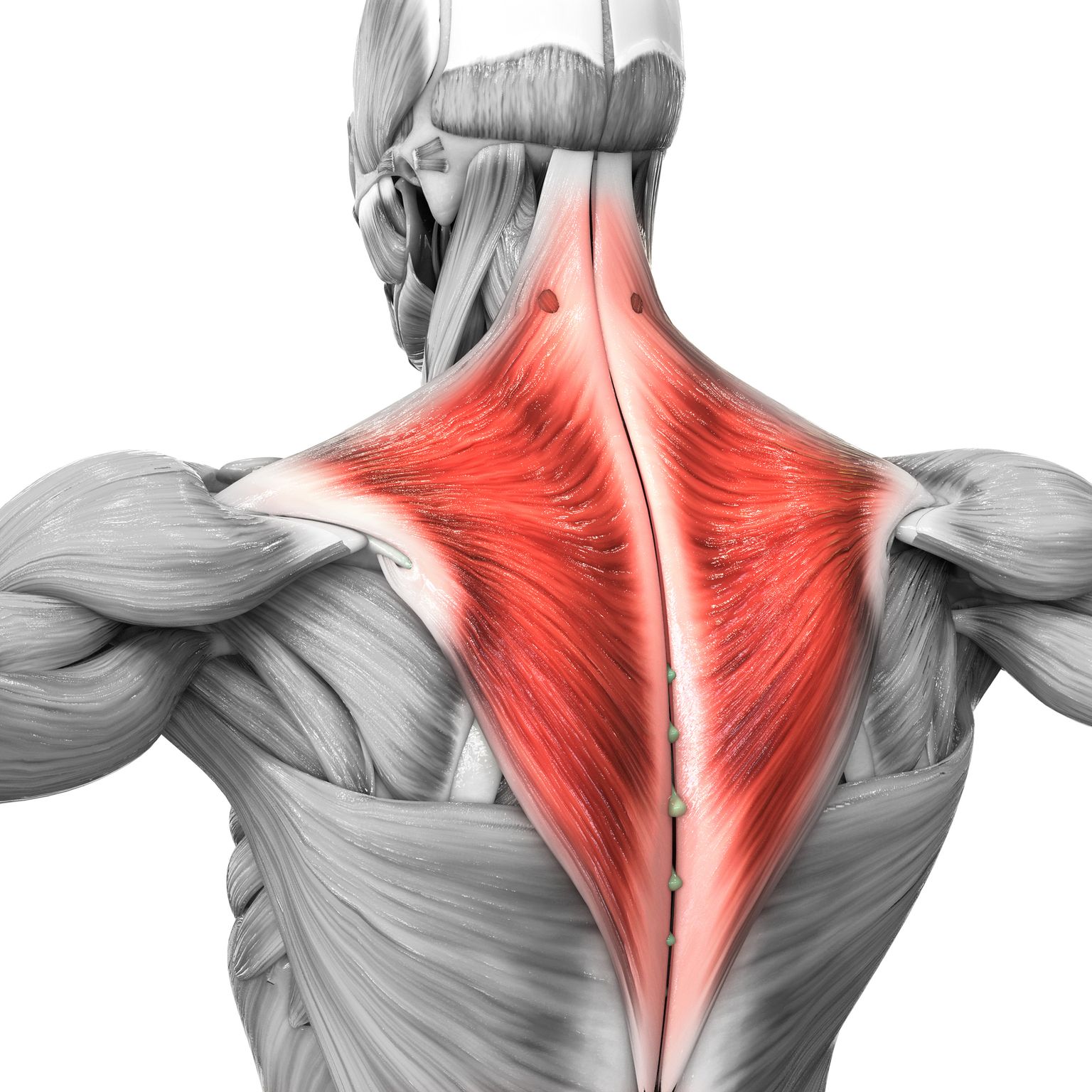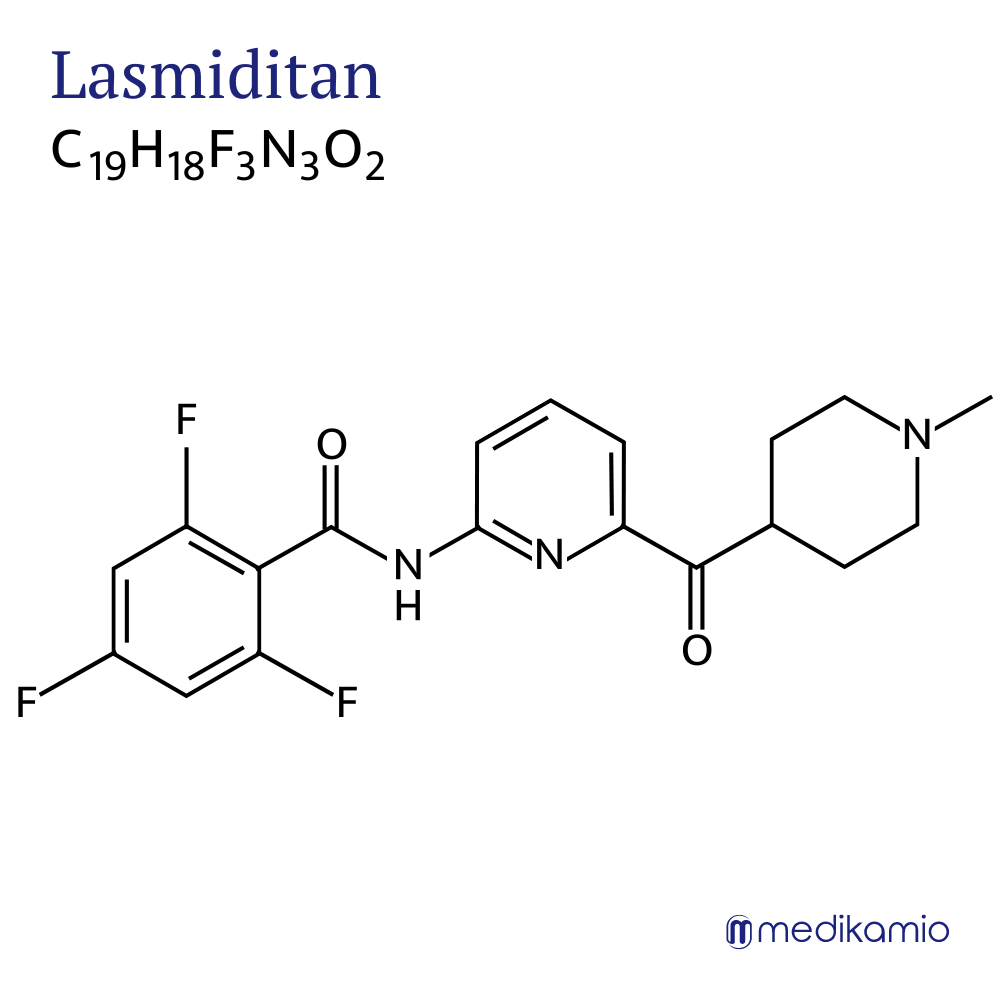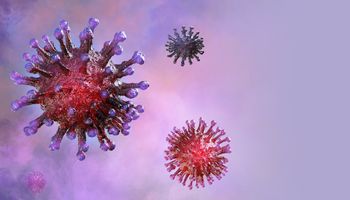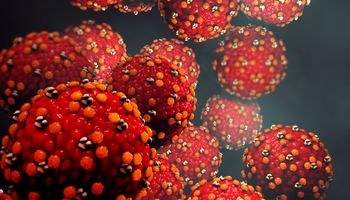Migraine therapy
There are two different methods of treating migraines. The first is acute therapy, in which migraine attacks are treated. The second is prophylaxis, in which medication is used to try to reduce the number of headache days.
Acute therapy
Several classes of drugs are used in the acute treatment of migraine. The most effective is the triptan class. Triptans work by binding to the 1B and 1D subtypes of serotonin receptors. They cause vasoconstriction, which is intended to suppress the pain. Another group are the Gepante. They have an antagonistic effect on the CGRP receptor (calcitonin gene-related peptide). The activation (induction) of this receptor also causes vasodilation (vasodilation). Some other drug classes are also used for the acute treatment of migraine, but are not as effective as those described here. These include the ergot alkaloids and non-opioid analgesics. The ergot alkaloids are rarely prescribed as the side effect profile is usually very high and the effect is not as strong as that of the triptans. The non-opioid analgesics are the well-known painkillers such as ibuprofen, acetylsalicylic acid (aspirin), diclofenac and many more. The problem with this group is that they do not work well enough to adequately treat a moderate to severe migraine attack.
Prophylaxis
If the number of migraine attacks exceeds 15 headache days per month, prophylaxis can be considered. An attempt is made to reduce the number of attacks by means of medication. Most prophylactic drugs were not primarily developed for use in migraine treatment, but only proved to be effective later. Beta-blockers such as metoprolol, propranolol or bisoprolol are used here. These are actually intended as medication for the treatment of high blood pressure. They are generally taken in tablet form and are the active ingredient class of choice for prophylactic migraine treatment. Metoprolol and propranolol are the most effective. Although flunarizine is also a drug used to treat high blood pressure, it belongs to a different class of active ingredients and is the only member of this class that can be used to prevent migraines. Antiepileptic drugs such as topiramate or valproic acid can not only reduce the frequency of epileptic seizures, but also that of migraine attacks. However, it should be noted that these two agents are only used when beta-blockers are not an option, as antiepileptic drugs have a greater side effect profile. Pizotifen and methysergide work by inhibiting serotonin receptors, but are hardly used any more due to numerous severe side effects. CGRP inhibitors such as erenumab, fremanezumab or glacanezumab are monoclonal antibodies that can be extracted from animals, usually mice, processed and then administered. These are actually used in cancer therapy, but have also proven to be effective in migraine therapy. The disadvantage of these preparations, however, is that they have to be administered either into the subcutaneous fatty tissue or into the vein and must therefore be administered by trained personnel.









